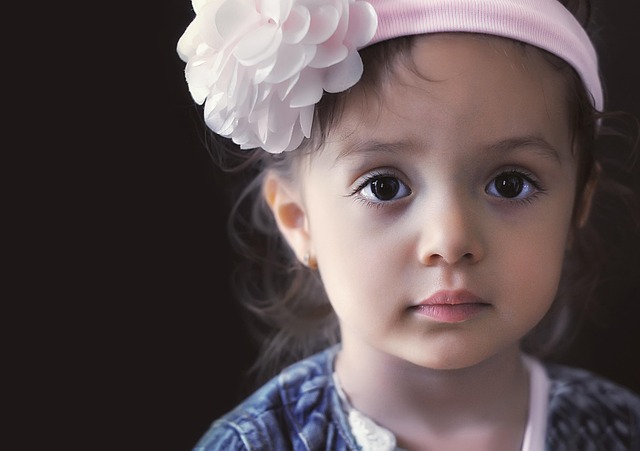
Child Pageants
Introduction
Child beauty pageants have become a notable aspect of contemporary culture, often sparking discussions about their implications on youth and society. These events, which showcase young participants in various competitions, have evolved significantly since their inception. Understanding the history, structure, and cultural impact of child pageants can provide valuable insights into their role in modern society.
Historical Background
The origins of beauty pageants can be traced back to 1921 when the owner of an Atlantic City hotel conceived the idea as a means to boost tourism. This concept, however, was not entirely novel, as "Most Beautiful Child" contests had already been held in major cities across the United States. The modern child beauty pageant began to take shape in the early 1960s, particularly with the establishment of the Little Miss America pageant at Palisades Amusement Park in New Jersey.
Initially, these competitions targeted young individuals aged 13 to 17. However, by 1964, the popularity of these events surged, leading to the participation of over 35,000 contestants. This overwhelming interest prompted the introduction of age divisions, allowing for a more structured approach to competition. Today, the child pageant industry encompasses approximately 250,000 events worldwide, reflecting its widespread appeal and cultural significance.
Structure of Child Pageants
Child beauty pageants typically consist of several segments, including interviews, talent performances, and formal wear presentations. Each segment is designed to evaluate different aspects of the participants, such as poise, confidence, and creativity. The judging criteria can vary significantly between pageants, with some placing greater emphasis on physical appearance while others focus on talent and personality.
Cultural Impact and Criticism
The rise of child beauty pageants has not been without controversy. Critics argue that these competitions can place undue pressure on young participants, potentially leading to issues related to self-esteem and body image. The tragic case of JonBenét Ramsey in 1996 brought significant media attention to the potential dangers associated with child pageants, prompting a broader societal reflection on their implications.
Supporters of child pageants, however, contend that these events can foster confidence, public speaking skills, and a sense of accomplishment among participants. Many parents believe that pageants provide valuable opportunities for their children to develop important life skills, such as discipline and resilience. The debate surrounding child beauty pageants continues to evoke strong opinions on both sides, highlighting the complexities of this cultural phenomenon.
Conclusion
Child beauty pageants represent a multifaceted aspect of contemporary culture, blending elements of competition, performance, and personal development. While they offer opportunities for young individuals to shine, they also raise important questions about the pressures placed on children in pursuit of beauty and success. As society continues to navigate these discussions, it is essential to consider the diverse perspectives surrounding child pageants and their lasting impact on youth.
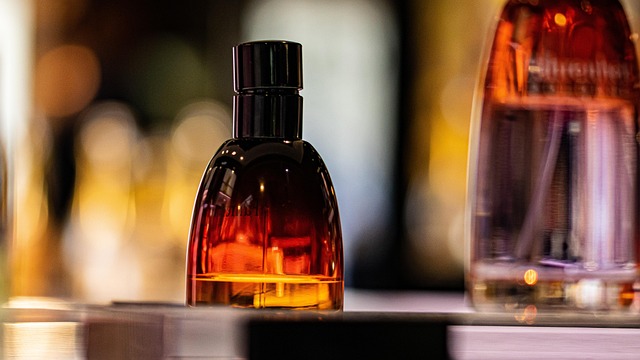




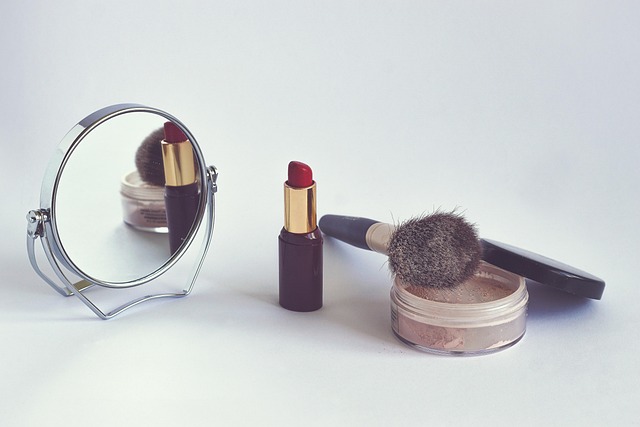
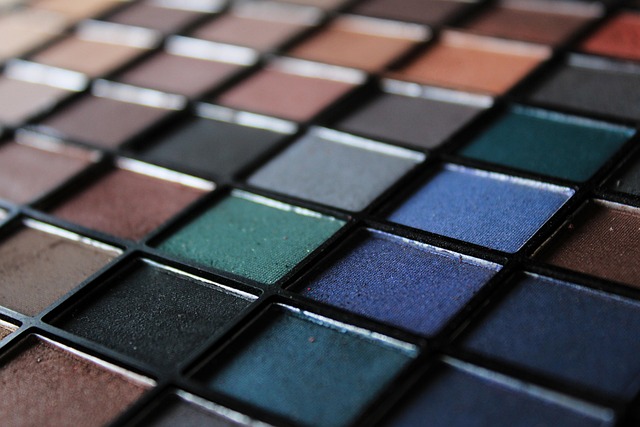

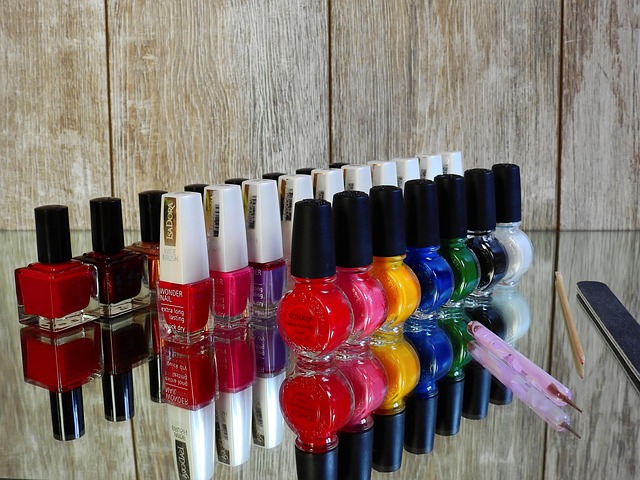
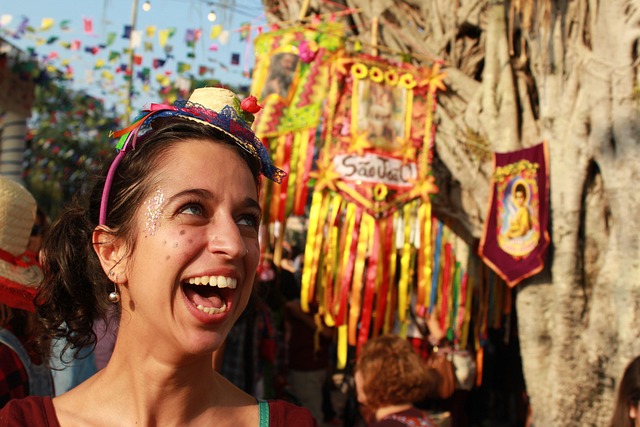
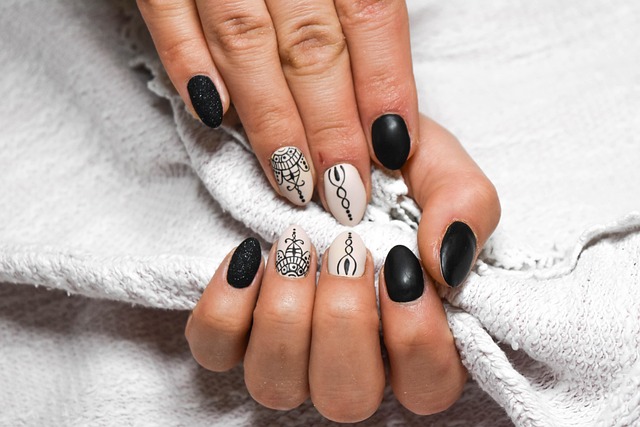
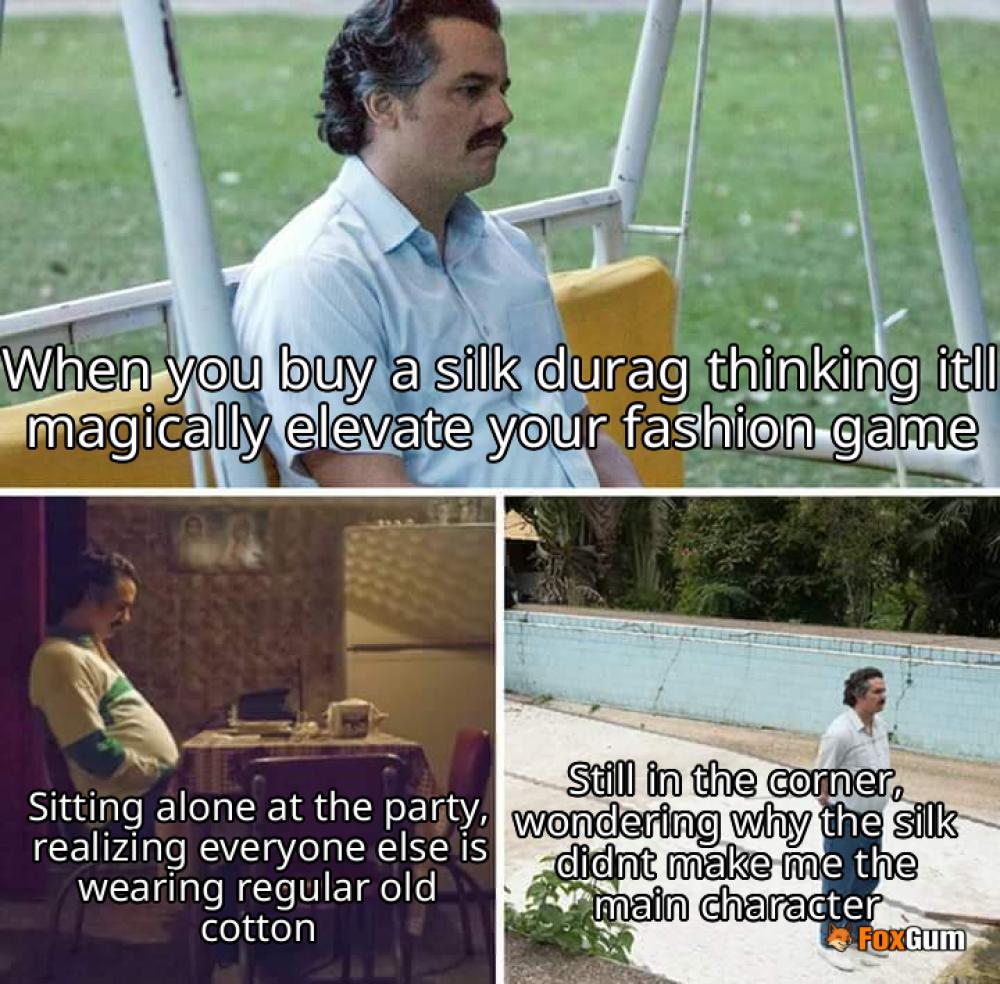



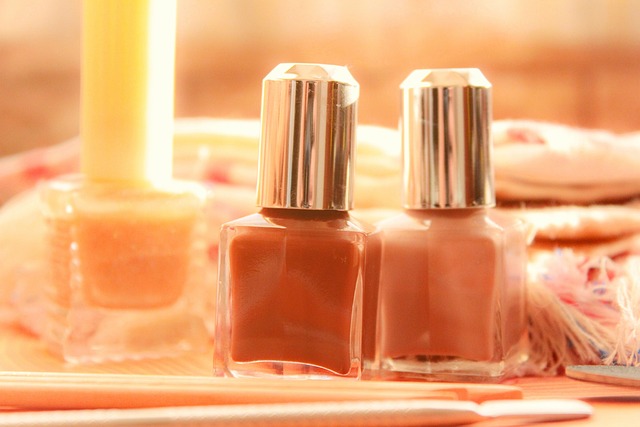

 Winter Care Dove Body Wash: Your Skin's Best Buddy
Winter Care Dove Body Wash: Your Skin's Best Buddy 
 Health
Health  Fitness
Fitness  Lifestyle
Lifestyle  Tech
Tech  Travel
Travel  Food
Food  Education
Education  Parenting
Parenting  Career & Work
Career & Work  Hobbies
Hobbies  Wellness
Wellness  Beauty
Beauty  Cars
Cars  Art
Art  Science
Science  Culture
Culture  Books
Books  Music
Music  Movies
Movies  Gaming
Gaming  Sports
Sports  Nature
Nature  Home & Garden
Home & Garden  Business & Finance
Business & Finance  Relationships
Relationships  Pets
Pets  Shopping
Shopping  Mindset & Inspiration
Mindset & Inspiration  Environment
Environment  Gadgets
Gadgets  Politics
Politics 